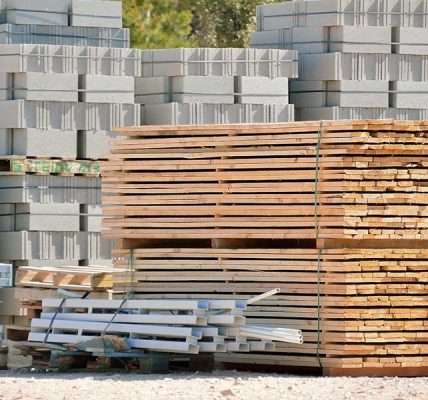Understanding the Sound Transmission Class (STC) ratings of building materials is crucial for creating comfortable and acoustically sound living and working spaces. The STC rating is a single-number rating that quantifies a material’s ability to block airborne sound. It essentially tells you how well a wall, floor, or ceiling can prevent sound from traveling through it. A higher STC rating indicates better sound insulation performance, meaning less sound will pass through the material and disrupt the peace. The importance of understanding Stc ratings of building materials cannot be overstated for architects, builders, and homeowners alike.
Decoding the STC Rating System
The STC rating scale is logarithmic, meaning that each increase in STC represents a significant improvement in sound reduction. While there is no perfect STC rating for every situation, knowing the desired level of sound isolation is paramount. For example, a typical interior wall might have an STC rating of 30, which is sufficient for general privacy within a home. However, for separating a home theater from the rest of the house, a much higher STC rating would be necessary.
Factors Influencing STC Ratings
- Material Density: Denser materials generally provide better sound insulation.
- Material Thickness: Thicker materials generally block more sound.
- Air Gaps: Air gaps within a wall assembly can improve sound isolation by interrupting sound waves.
- Damping: Damping materials absorb sound energy, reducing resonance and sound transmission.
Common Building Materials and Their STC Ratings
Here’s a look at the typical STC ratings of various building materials. Keep in mind that these are just averages, and the actual STC rating can vary depending on factors such as installation quality and specific product composition. Consider that Stc ratings of building materials can vary depending on the manufacturer.
| Material | Typical STC Rating | Notes |
|---|---|---|
| Standard Drywall (1/2 inch) | 33 | Can be improved with resilient channels or damping compounds. |
| Brick Wall (4 inches) | 45-50 | Provides good sound insulation. |
| Concrete Block (8 inches) | 50-55 | Excellent sound insulation. |
| Wood Frame Wall (with insulation) | 35-45 | Dependent on insulation type and wall construction. |
| Single-Pane Window | 20-25 | Poor sound insulation. |
| Double-Pane Window | 28-35 | Improved sound insulation compared to single-pane. |
Improving STC Ratings in Existing Structures
If you’re looking to improve the sound insulation of an existing structure, several options are available. These may include adding mass to walls, decoupling wall assemblies with resilient channels, or applying damping compounds.
- Adding Mass: Adding an extra layer of drywall can significantly improve the STC rating of a wall.
- Decoupling: Using resilient channels to isolate drywall from studs reduces sound transmission.
- Damping Compounds: Applying damping compounds between layers of drywall absorbs sound energy.
- Acoustic Sealant: Sealing gaps and cracks with acoustic sealant prevents sound leakage.
When selecting windows, consider laminated glass or thicker panes with wider air gaps for enhanced sound reduction. Also, remember that doors are often a weak point in sound insulation. Solid-core doors offer significantly better sound blocking capabilities than hollow-core doors. Weather stripping around doors and windows is crucial to seal any gaps that could allow sound to leak through.
Beyond the Walls: Holistic Acoustic Design
While focusing on the STC ratings of individual building materials is important, remember that acoustic performance is a holistic concept. The overall design of a space, including its shape, size, and surface treatments, can significantly impact the sound environment. For instance, large, hard surfaces can reflect sound waves, creating echoes and reverberation. Soft materials, such as carpets, curtains, and upholstered furniture, can absorb sound and reduce reverberation.
Practical Tips for Acoustic Improvement
- Consider Room Acoustics: Evaluate the existing acoustics of the space and identify areas where sound reflection or reverberation is a problem.
- Use Sound-Absorbing Materials: Incorporate sound-absorbing materials, such as acoustic panels, fabric-wrapped panels, or even strategically placed bookshelves, to reduce echoes and reverberation.
- Address Sound Flanking: Be mindful of sound flanking paths, which are routes through which sound can travel around or over a barrier. For example, sound can travel through ductwork or plumbing chases. Seal these flanking paths with acoustic sealant or insulation.
- Professional Consultation: For complex acoustic challenges, consider consulting with an acoustician. They can conduct detailed sound measurements and provide customized recommendations.
Ultimately, creating a sound-controlled environment requires a thoughtful and comprehensive approach. By understanding STC ratings, considering the acoustic properties of different materials, and addressing potential sound flanking paths, you can significantly improve the acoustic comfort of your space. You should also consider how you can integrate the Stc ratings of building materials into your future projects.

